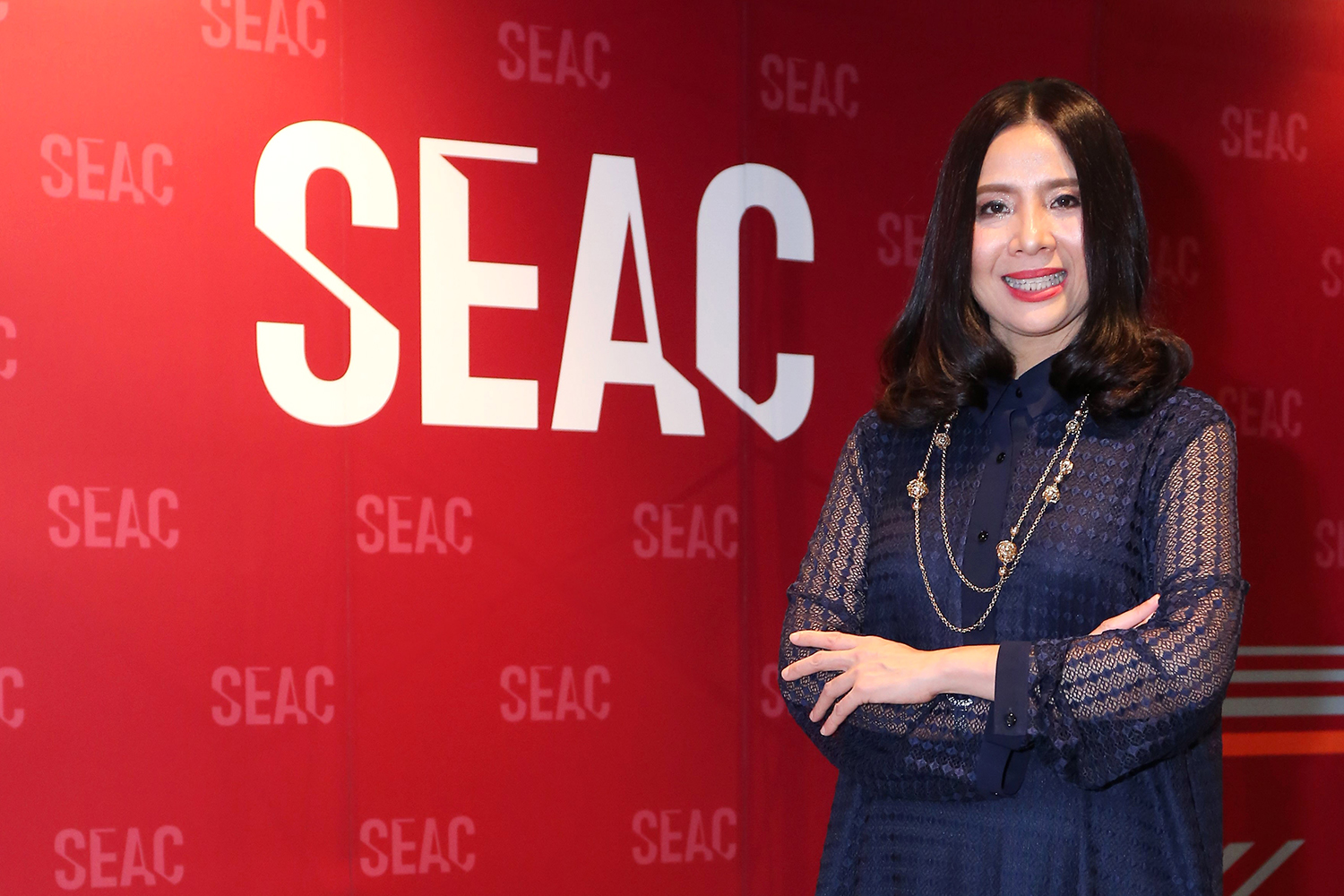
Reskilling is an important part of our lives. The world is changing constantly, and the only way to stay relevant, especially in the business landscape, is to update your current skills and add new ones. The problem is, many of us don’t have the luxury of time or money to go about this, much less the right access.
You cannot reskill yourself without learning the requisite knowledge and then putting it into practice. And through practice, you will continue to learn.
However, a misconception that people have about learning is that there is only one way to go about it, and it involves taking classes through an educational institution or an online course. People nowadays are open to new ways of learning, and one great way to approach it is to blend different types of learning; you don’t have to pick one approach over another.
With that in mind, SEAC has developed 4Line Learning, an effective blended approach that also goes beyond online and face-to-face learning. All of its elements can support sustainable reskilling at an individual and organisational level.
The first element is common online learning. Whether it is an interactive quiz or an instructional video or even both, the point of online learning is to be able to access knowledge anywhere at any time, at the convenience and pace of the learner.
The second element is basic classroom learning: going to a physical location to interact face-to-face with a teacher or facilitator and other learners. The facilitator engages learners with the content and sometimes leads discussion activities.
The third element is social learning. Social learning requires physical and virtual proximity with the other learners involved, engaging in healthy discussions on certain subject matter. It has more of a workshop or networking setting to it — think LinkedIn, Facebook, networking parties and active workshops.
And finally, the fourth element is a library of downloadable content. While some people enjoy learning on their own through online courses and some enjoy learning in social settings, there are some who still enjoy reading. Additionally, some extra reading is required for deeper understanding of certain content. It may include content from research, or the research itself that can be acquired only through reading.
These elements combined offer learners a wholesome learning experience that allows them to learn at their own pace and absorb content of interest to them. But, how exactly do these elements sustain reskilling?
To answer the question, it is important to first understand what reskilling entails. As it requires so much learning, it isn’t possible for people to be constantly engaged with the content. A change of pace, facilitator and even type of learning — that is, online self-learning or learning with others in a social setting — can support constant learning.
Beyond learning, reskilling requires a lot of other resources. The question then is whether your learning is truly worth it and whether it actually helps you upgrade and add skills as needed. Learning comes in different forms but there is no one true way. We all have different learning needs, and sometimes the learning method depends on the content itself.
The aim of a wholesome ecosystem of learning is to nurture the learning mindset and provide the space and environment for practice — both of which are required to keep reskilling sustainable. While we all want to change or develop ourselves, we cannot fully do so without the mindset to learn. As well, we cannot fully learn if we don’t put our learning into practice.
Additionally, each learner may or may not be able to cover every element of the learning ecosystem depending on their learning needs. But the ecosystem supports a larger community of learners to personalise their learning to their needs and goals.
In sum, reskilling is an important aspect to ensure growth in our changing world. But if we don’t sustain it enough to make it continuous, we’ll definitely fall back into our old ways. So, the only way to sustain reskilling is to constantly learn.
Learners do require a wholesome experience in learning to be able to enjoy it and go back to it. With a learning ecosystem, learners can continue to grow and sustain their reskilling.
Arinya Talerngsri is Chief Capability Officer and Managing Director at SEAC (formerly APMGroup) Southeast Asia’s Lifelong Learning Center. She can be reached by email at arinya_t@seasiacenter.com or https://www.linkedin.com/in/arinya-talerngsri-53b81aa. Experience our lifelong learning ecosystem today at https://www.yournextu.com/
